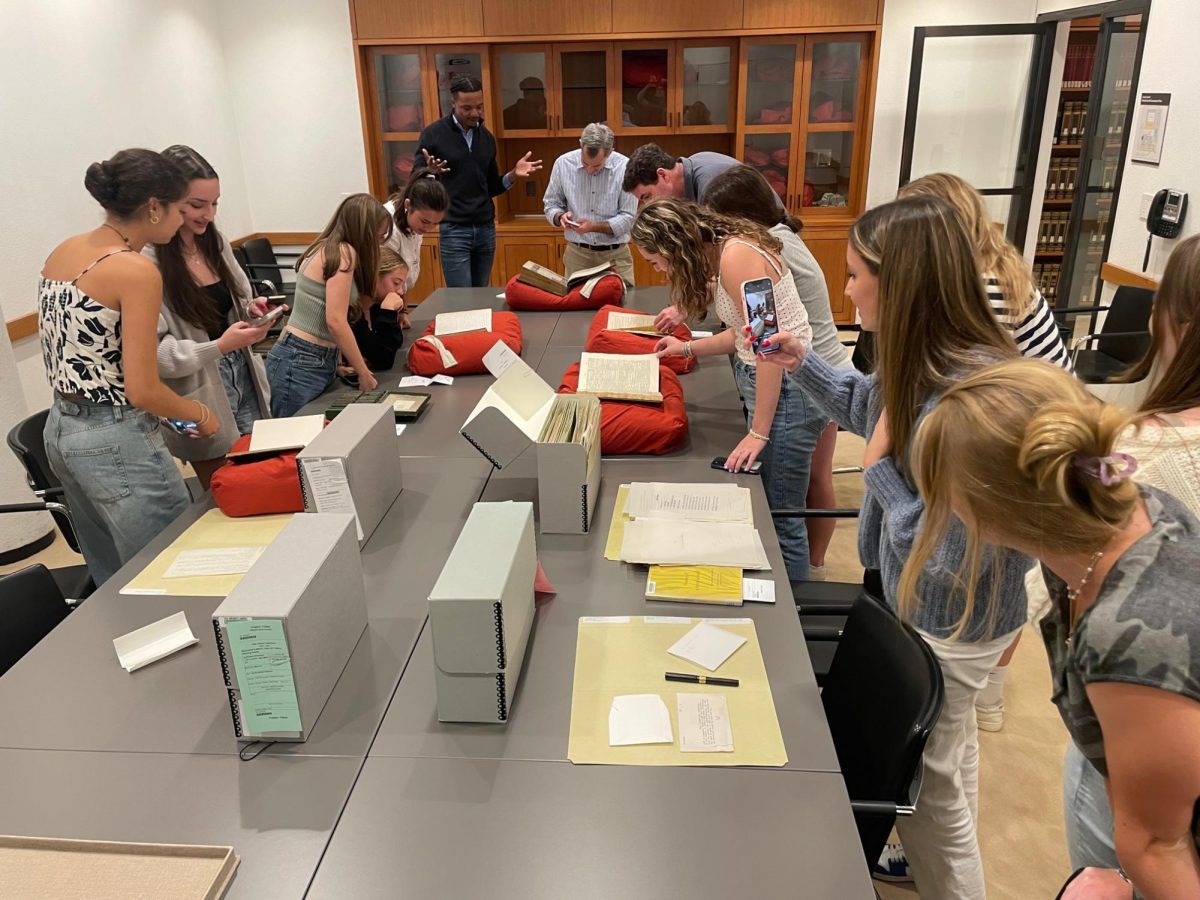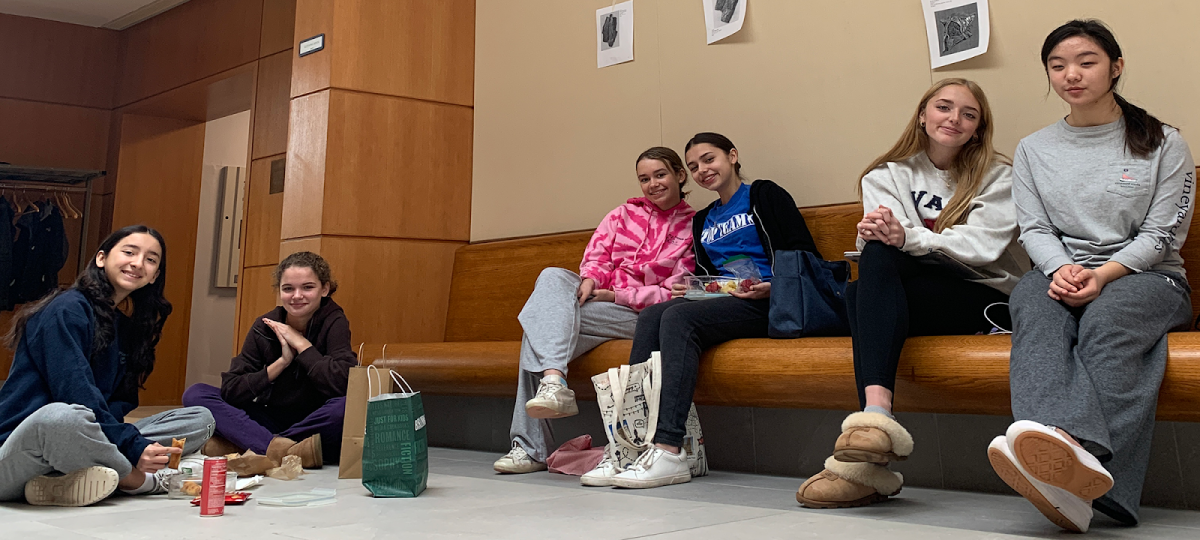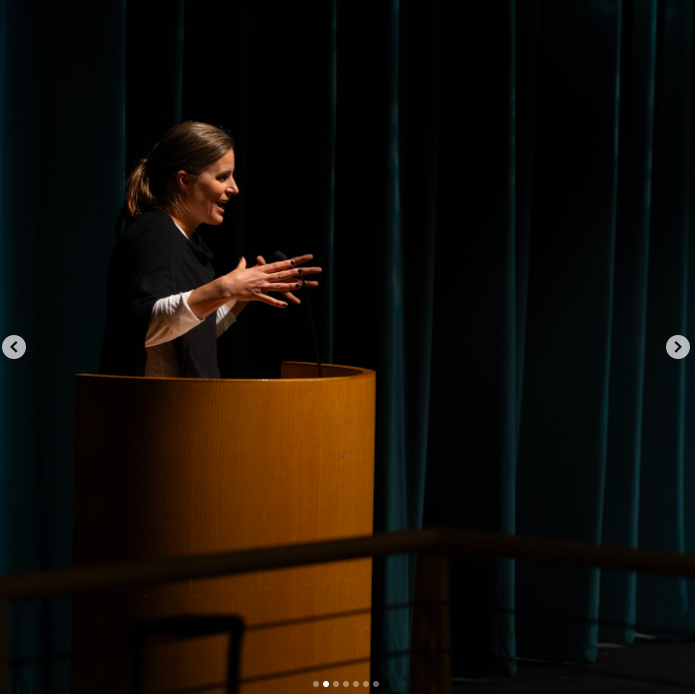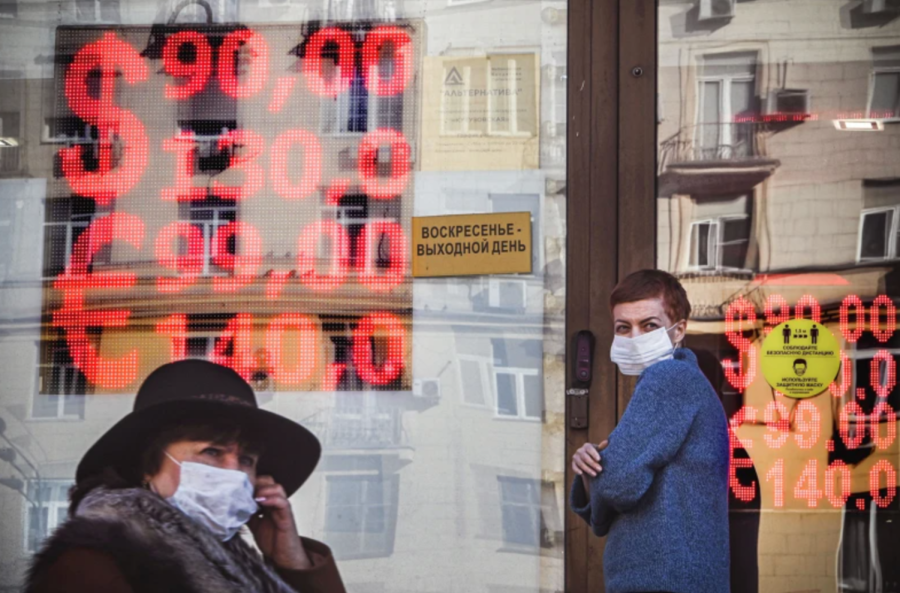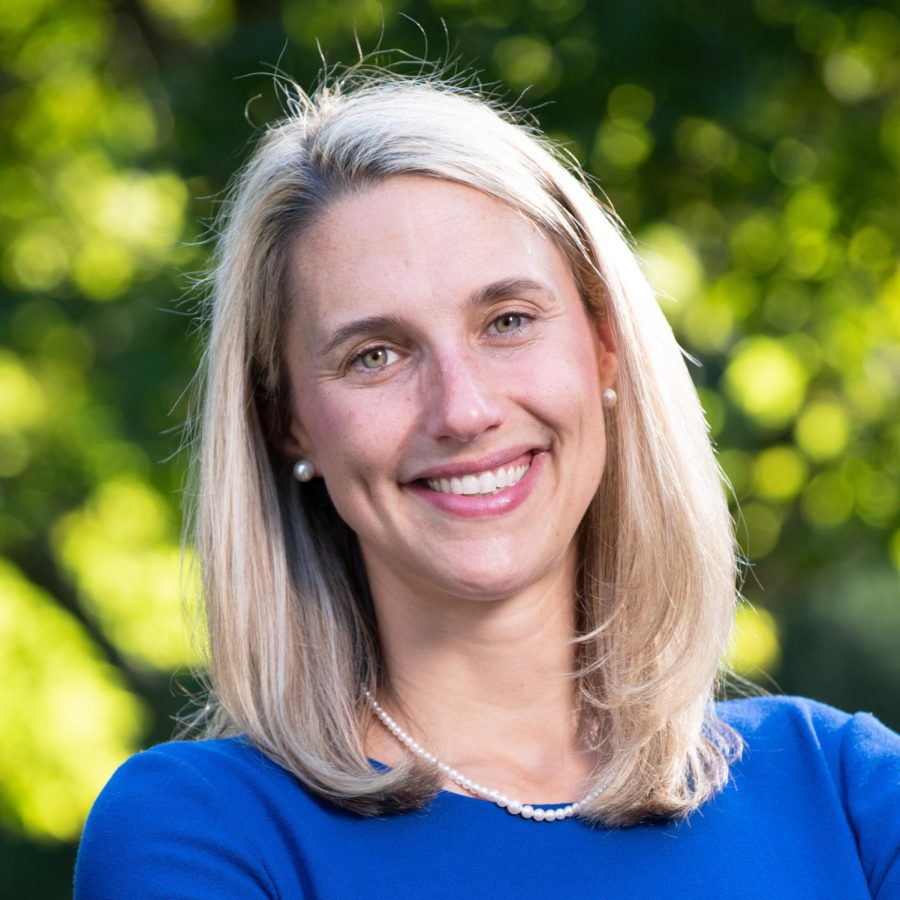 On December 18, 2014, shock swept the halls of Greenwich Academy. As girls scrolled through their Instagram newsfeeds and checked their notifications, they realized that they were missing anywhere from two to two hundred followers from their treasured follower count. Looks of dismay and puzzlement decorated the faces of the GA Upper School.
On December 18, 2014, shock swept the halls of Greenwich Academy. As girls scrolled through their Instagram newsfeeds and checked their notifications, they realized that they were missing anywhere from two to two hundred followers from their treasured follower count. Looks of dismay and puzzlement decorated the faces of the GA Upper School.
Instagram, which has become a hugely popular form of social media, gives users a chance to share their own pictures and videos, as well as view those of peers, family members, and celebrity icons. Users have the opportunity to share anything from glimpses of their personal lives to advertisements for an event or business.
On December 18, Instagram undertook a “follower cleanup,” explained to users this way: “We’re in the process of fixing an issue that incorrectly includes inactive or fake accounts in follower/following lists…As we remove these accounts, some people may notice a decrease in their follower/following counts.”
The vast number of smartphones littered around the GA Upper School, the perpetual snapping of photos, and the new creations of club Instagram accounts all hint at the popularity of the app in the GA community. But users no longer just enjoy posting a nicely filtered picture or viewing other photos; there is now an obsession over an account’s number of followers and each picture’s likes.
“People think they need followers to validate their personal activities and decisions that [they] post on Instagram,” says a student and Instagram user who chose to remain anonymous.
According to this student, Instagram is no longer just an entertaining means of sharing photos; users now have a goal and pictures have a purpose: personal validation.
After posting a picture, users check their phones incessantly to check their like-to-minute ratio, and the daily use of the application entails checks of the follower-to-following ratio. Each of these ratios has come to suggest a level of social acceptance and popularity.
Therefore, though Instagram’s follower cleanse was an effort to simply improve the system by getting rid of spam, hackers, and fake accounts, users expressed a significant amount of disappointment.
“I didn’t expect [the cleanup] to cause as much of a stir as it did, but it definitely ended up being a big subject of talk in the hallway that day,” noted Ainsley Buck, IX.
Because the cleanup was an effort to improve the application, the community’s troubled reaction was surprising, and perhaps indicative of a larger issue.
Another anonymous junior noted that the community’s reaction to the cleanup was troublesome: “We let a number and a ratio define us. [The situation] shows how desperate we are.”
The general idea that the numbers which appear on the Instagram screen suggest a level of popularity or social acceptability seems widely accepted amongst users of the application. When an effort to improve the application caused such panic, the troublesome obsession with numbers and ratios became clear. Perhaps this reaction should be a wakeup call to Instagram members, reminding them that a number on a screen is no way to define one’s self.




















